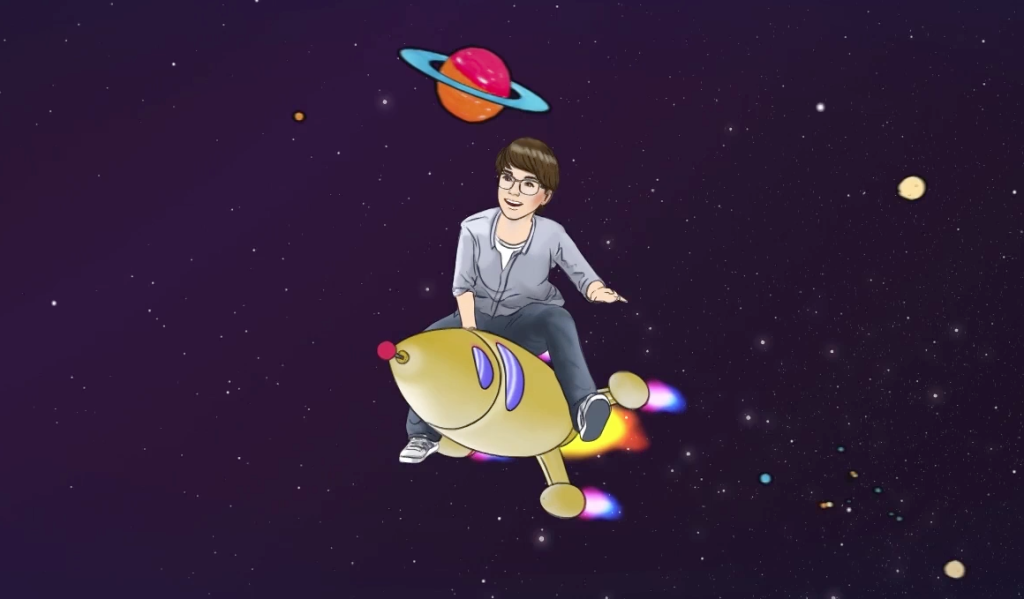You’ve got a great concept for a commercial—or so you think. But before you shell out thousands—or even millions—of dollars on your full-up production, you need to guarantee your idea is going to resonate with the people who matter most: your audience.
That’s where animatics come in.
Animatics allow agencies and brands to test their ideas with focus groups before putting them into production. With testing, you’ll learn whether or not you should proceed with the idea, and you can also test and implement changes that make the message more effective. Here’s what you need to know about how to make an animatic.
Step 1: Animatic Brief
The first step in creating an animatic is the creative brief call with the animatics company. Generally, a producer, director, designer, and illustrators from the company will be on this call—these people will supervise the process. You’ll discuss the concept, characters, wardrobe, backgrounds, product, demo sequences, and more.
After the brief, the animatics company will share a director’s board. (At Animated Storyboards, this happens same-day or the morning following a call). Director’s boards are typically rough black-and-white frames presented in a storyboard format to help the animatics company align on story flow and angles.
Step 2: Art
The second stage of producing an animatic focuses on the look of the artwork itself (instead of the movement of the story or characters). The artwork will affect the storyline as well as the viewer’s understanding of the message. At this stage, depending on the style of art chosen, the animatics company may present various deliverables:
- 2D illustrated storyboards.
- 3D characters and backgrounds.
- Composited 3D storyboards.

Artwork is usually presented twice before moving into animation so brands and agencies working on their behalf can review and the animatics company can revise the art as necessary. One advantage of working in 3D is that artwork is never locked, and it can continue to be revised throughout the process
At Animated Storyboards, we send you a link to an online, interactive comment page you can share among your team members. Our system allows you to enter your comments next to each frame and attach any related references so you can consolidate your feedback and make sure every important comment is included. Feedback from the agency and brand is encouraged throughout the process, and revisions are built in to the process timeline in order to accommodate any changes or revisions you may request.
Step 3: Animation
In the animation stage, the animatic company brings the artwork to life in fully realized animation, with full audio and editorial treatment. The company continues showing full edits and addressing agency and brand comments on audio, animation, and editorial at every stage until the final ship date. If you’re working with a 3D animatic, camera movement, angles, characters, and environments can all be adjusted easily, as all elements live in 3D.

The animated artwork can be done in a variety of ways:
- In After Effects.
- With Flash animation.
- Using 3D animation.
- With other proprietary animation tools.
3D animation can leverage motion capture (mo-cap) technology for extremely fluid and realistic character movement. This is standard practice for us at Animated Storyboards: In order to fully maximize the fluidity of the animation, we utilize a state-of-the-art mo-cap system, in which we capture facial expressions and body movements and later translate them onto our 3D character model from any angle.
At Animated Storyboards, we invite our clients to join us for an in-house edit at our facility at any point in the process. We work together and in person to make revisions on-site so we can ensure you are getting exactly what you want at every step.
Step 4: Finalize Animatic
Once approved by both the agency and client, the animatics ship to a testing facility where the concepts will be tested with focus groups. At this point, the communication between the animatics company and the broadcast producer ends (until it’s time to test the next concept, of course).
What You Need To Bring To The Table Before The Project Begins
In order to make the production process as efficient and seamless as possible, the agency’s (or the brand’s) creative team can provide the following:
- References including character references, environmental references, backgrounds, mood, lighting, logos, and any other product artwork that needs to be included in the project.
- Audio concerns including voiceover specs, sound effects direction, and music direction.
Animatic Production Timeline
How long will it take to produce your animatic? The standard 3D and 2D animatic production timeline is 10-12 business days. However, if you have a project that needs to be completed in a tighter time frame, rush schedules can be accommodated. Let us know if you have a rush project that needs to be finished ASAP!
Have more questions about producing an animatic? Contact us today!
